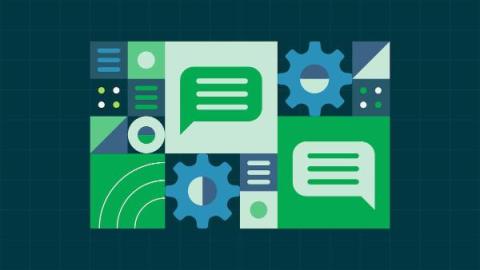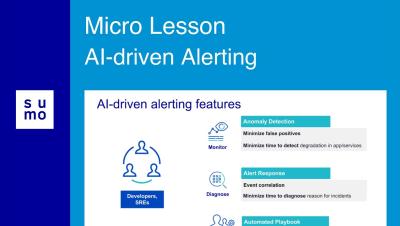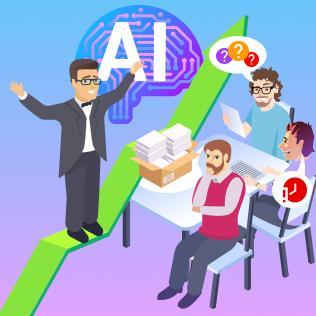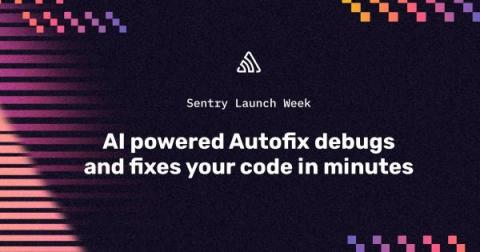From MLOps to LLMOps: The evolution of automation for AI-powered applications
Machine learning operations (MLOps) has become the backbone of efficient artificial intelligence (AI) development. Blending ML with development and operations best practices, MLOps streamlines deploying ML models via continuous testing, updating, and monitoring. But as ML and AI use cases continue to expand, a need arises for specialized tools and best practices to handle the particular conditions of complex AI apps — like those using large language models (LLMs).











